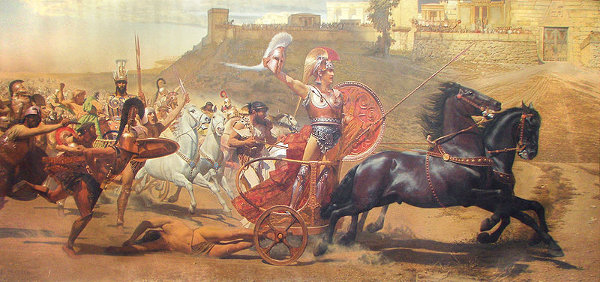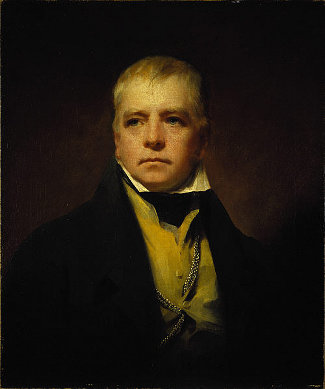On Jan. 7, 1941, eleven months before the Japanese attack on Pearl Harbor, ambassador Joseph Clark sent this telegram to the U.S. State Department:
A member of the Embassy was told by my ——- colleague that from many quarters, including a Japanese one, he had heard that a surprise mass attack on Pearl Harbor was planned by the Japanese military forces, in case of ‘trouble’ between Japan and the United States; that the attack would involve the use of all the Japanese military facilities.
Grew added, “My colleague said that he was prompted to pass this on because it had come to him from many sources, although the plan seemed fantastic.”
The U.S. did nothing, but it had already demonstrated its myopia. On Sept. 27, 1940, Douglas MacArthur had said, “Japan will never join the Axis.” Japan joined the Axis the next day.





